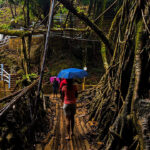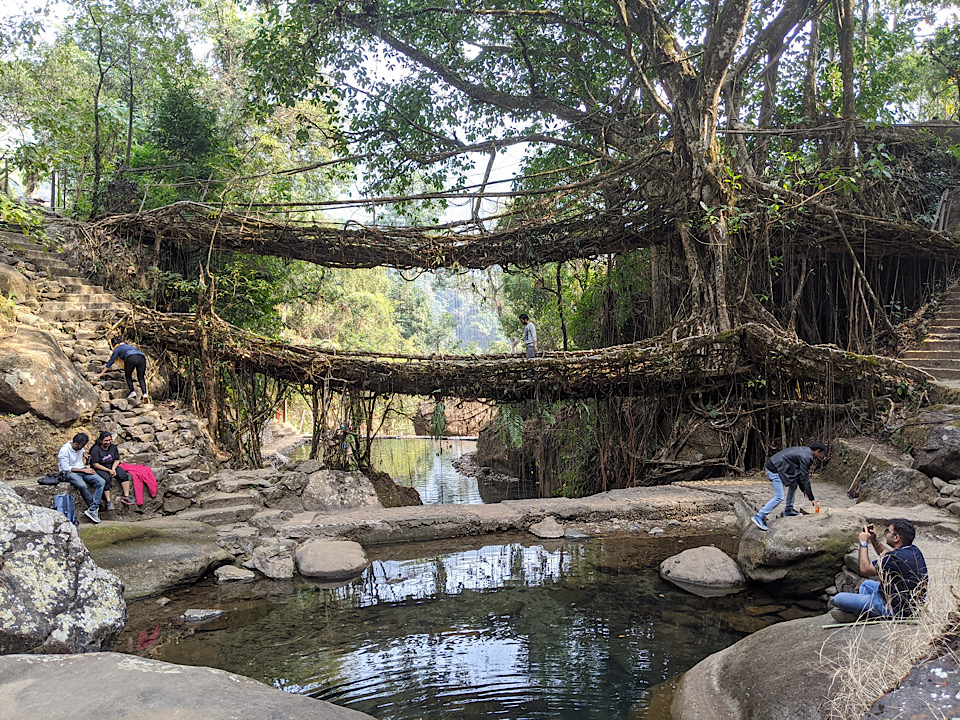
0
10 Fun Facts about the Living Root Bridges in Meghalaya
Have you heard of the natural bridges which are scattered across Meghalaya? They are nothing less than a wonder for us. These astounding facts about living root bridges will make you love Meghalaya more.
Table of Contents
#1. Natural Heritage
- You call them natural wonders or bioengineering, these aqueducts are the natural heritage of our country. The ingenuity of the tribal people is worth praising. People had to find a permanent solution to cross over the welled up rivers and streams. That’s when they thought about the living root bridges.
#2. Bioengineering
- The living root bridges were not built like concrete bridges but they were grown. Yes! It is a kind of tree shaping (bioengineering). The rubber trees or the banyan trees were grown on the banks of the rivers. The aerial roots of these rubber trees were merged with betel nut tree trunks which formed a horizontal path. As the years passed these roots grew and the natural bridges were formed.
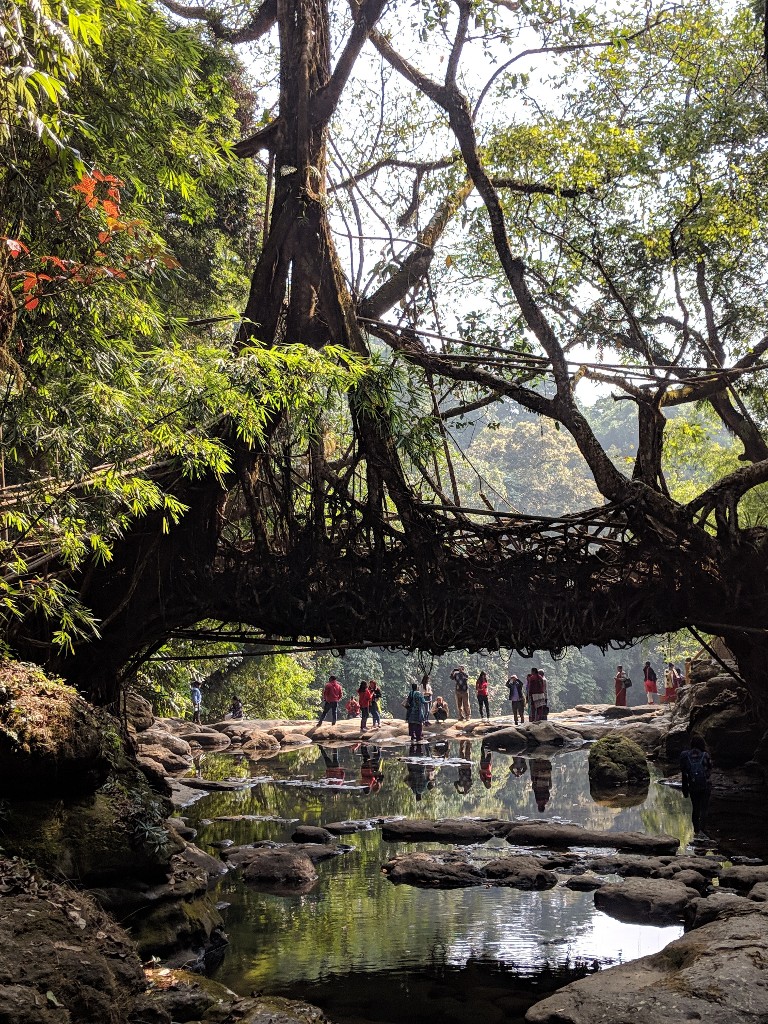
#3. Original architects
- The forefathers of the Khasi tribe were the original architects of the living root bridges. The Khasi tribe are one of the prominent tribes of Meghalaya. They had to come up with a permanent solution because bamboo and wooden bridges could never withstand the heavy rains.
#4. Growth
- Living root bridges take around 15-20 years to grow. They become stronger with age and stronger than any modern concrete bridge.
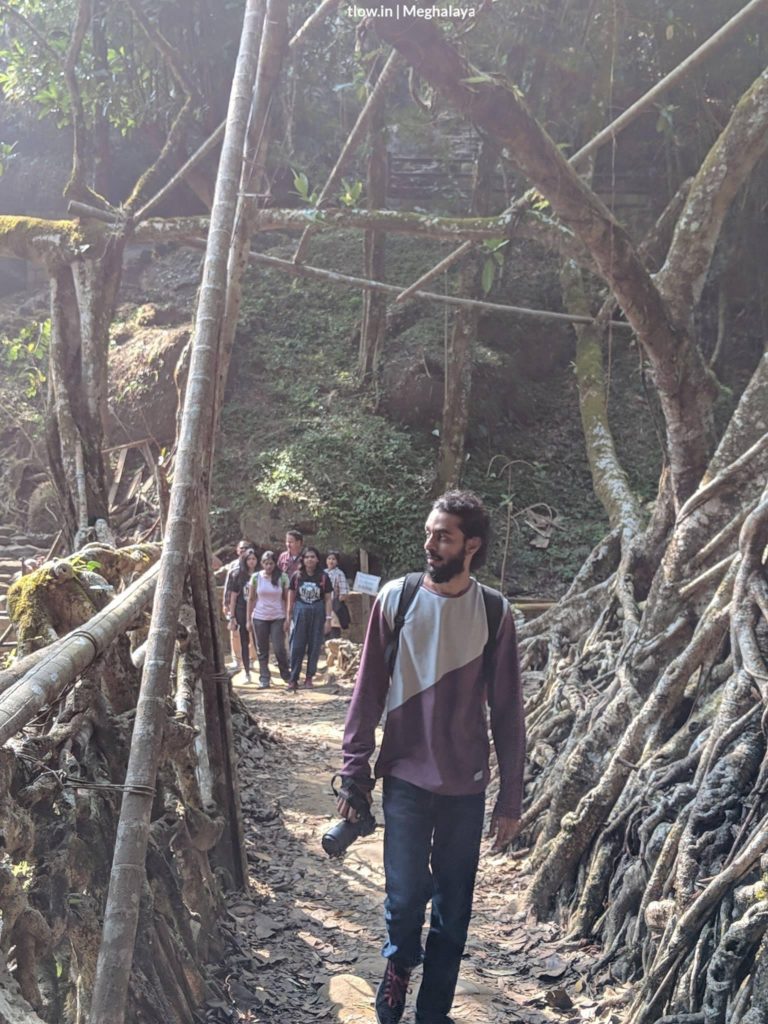
#5. Lifespan
- The life span of these living root bridges is very long. Some bridges around are said to be more than 500 years old.
#6. Nongriat village
- In regions of West Jaintia Hills district and East Khasi Hills district many living root bridges can be found. Among them, the root bridges found in Nongriat village and Mawlynnong village are famous.
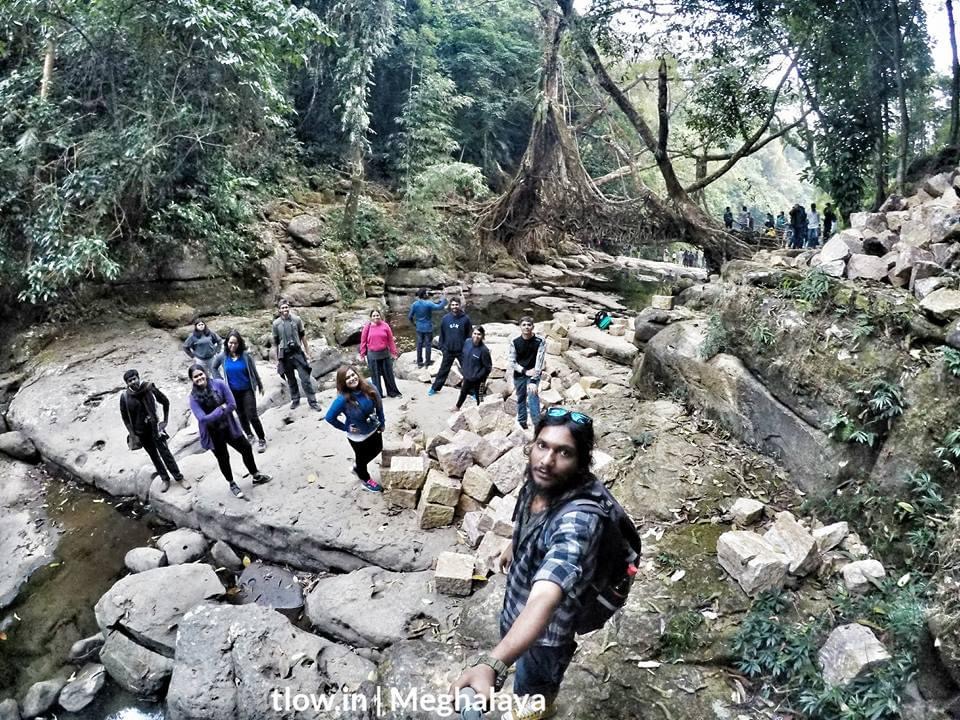
#7. Double-decker bridges
- Double-decker root bridges are parallel bridges. The Umshiang Double Decker living root bridge in Nongriat village is the most popular one. There are three other such bridges which are found near the villages of Padu and Nongbareh. The Umshiang Bridge is said to be almost two centuries old (180 years).
#8. Cleanest village in Asia
- Mawlynnong is around 80 km from Shillong and it is known as the ‘cleanest village in Asia’. The people of the village put great effort to preserve their village. The green heritage and the pristine surroundings of Mawlynnong has put it on the world tourism map.
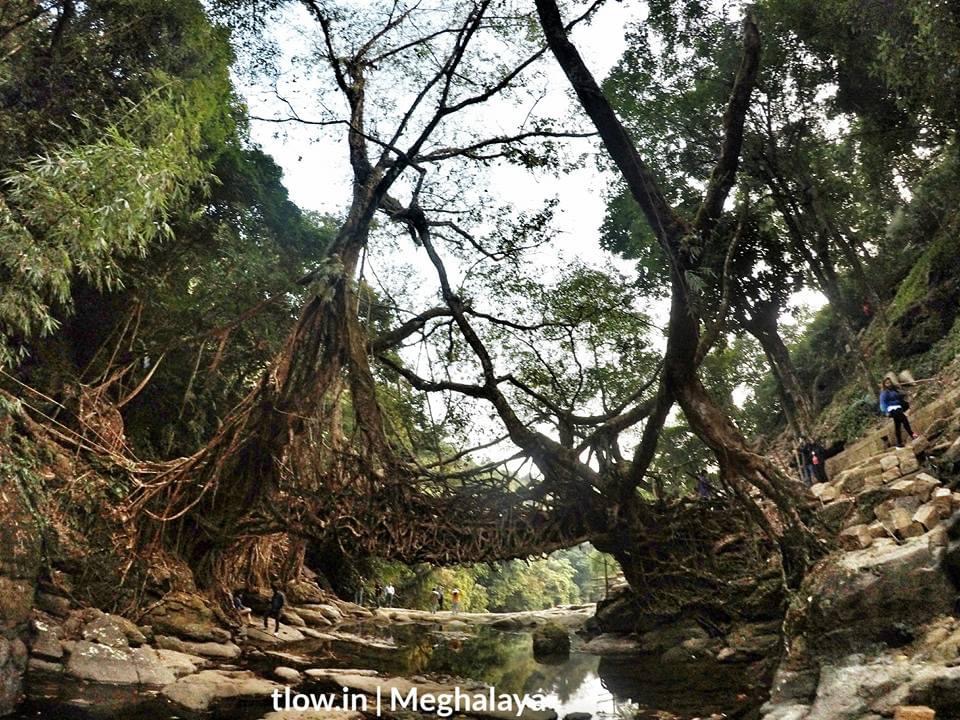
#9. Strength
- The living root bridges become strong over the time. The heavy rains increase its growth and it can hold up to 50 people at a time. They grow around 50 – 100 feet long and makes a stable path for people to cross the water.
#10. Stones
- Once the bridge skeleton is formed properly, the people put stones on the bridge to make a path, so that they can easily walk once it becomes totally stronger.
–>For a similar experience, >>Click here











